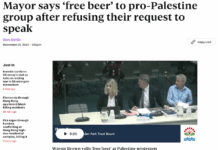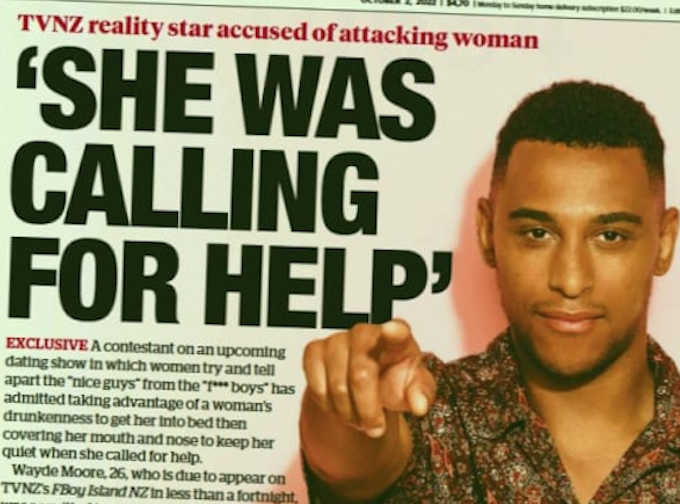
MEDIAWATCH: By Colin Peacock, RNZ
Media execs and concerned citizens alike aired their fears about the government’s public media plan — and the commercial clout TVNZ will bring to the new entity — in parliamentary hearings this week.
Mediawatch talks to TVNZ’s Simon Power about that, and the culture clash symbolised by this week’s FBoy Island controversy.
The Herald on Sunday’s revelations about the unpleasant backstory of a contestant on a new reality show last weekend jolted TVNZ in more ways than one.
- LISTEN TO RNZ MEDIAWATCH: The boss of the big beast in the merger
- FBoy Island vs public interest media: the culture clash at the heart of the TVNZ-RNZ merger
- Other TVNZ-RNZ merger reports
FBoy Island pits “three stunning Kiwi women searching for the guy of their dreams” against 10 “FBoys” — blokes looking for sex but not a relationship.
Wayde Moore had appeared in court charged with suffocating a woman after luring her to his home for sex when she was drunk. He was found not guilty but The Herald reported the judge had said targeting the vulnerable woman was “deeply inappropriate and disrespectful”.
“The question I keep hearing from people is … whether this is the sort of thing that one has a state broadcaster for,” investigative reporter David Fisher told The Herald’s Front Page podcast this week.
In TVNZ’s latest annual report published last week, chief executive Simon Power listed “responsible broadcasting” as one of three key pillars of TVNZ’s strategy for a sustainable future.
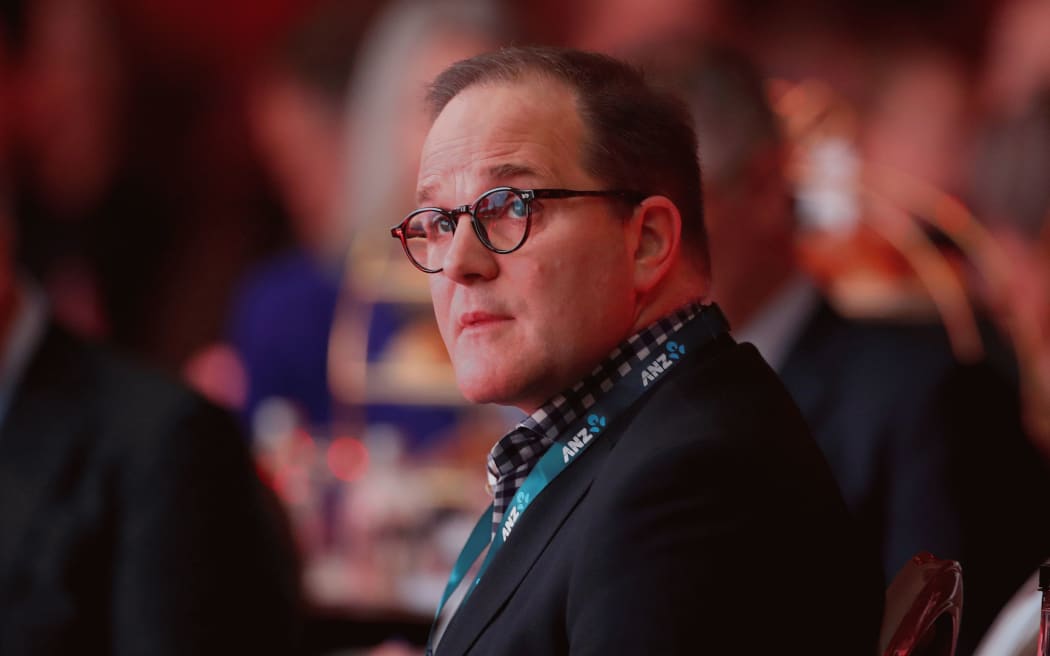
Is FBoy Island responsible — or reprehensible?
“The power in the programme is very much in the hands of the three women involved as contestants. It’s also part of a broader strategy for rangatahi which includes documentaries, factual programming and scripted programming,” Power told Mediawatch.
“I accept the title is provocative, but the show is essentially looking to create some very important conversations — and it may just help equip younger people with tools to navigate a new era of online dating,” Power said (… though most people’s online dates aren’t arranged by TV producers sending FBoys their way on tropical islands)
Some also said FBoy Island was a symbol of commercial culture at TVNZ which means the government’s arranged marriage at first sight with RNZ might end in tears (or on Heartbreak Island, perhaps).
Will the new public media entity air shows like FBoy Island to attract the ad revenue it will still need to supplement public funding?
“That will be a matter for the new entity as to how it wishes to interpret the charter. But for us, it’s an HBO Max format from the US with Dutch, Danish and Swedish versions created to attract younger audiences. It has been picked up by the likes of the BBC for that very reason,” he said.
I’m a commercial TV company. Get me out of here?
At the first of the select committee hearings about the creation of Aotearoa New Zealand Public Media (ANZPM) earlier this month, the Broadcasting and Media Minister Willie Jackson said TVNZ needed to “change its attitude” to the public media entity project.
Some commentators speculated TVNZ was stalling, possibly hoping a change of government in 2023 might scupper the plan.
“No. We’re not even contemplating that. We understand who our shareholders are and that (they) wish to progress with the merger. As I’ve said publicly many times, TVNZ is very supportive and very enthusiastic about the opportunity,” Power told Mediawatch.
He also made that clear at this week’s Economic Development, Science and Innovation Committee (EDSI) hearings at Parliament.
Much of TVNZ’s submission on the ANZPM legislation is about possible political interference or editorial influence if ANZPM is set up as an Autonomous Crown Entity (ACE) — and Power’s claim that could enable “Muldoon-era control” made headlines.
“The ACE model is the wrong model. It allows for direction. The use of media is currency in politics — and the [tension] between media and politics is very different to some of these other (crown) entities,” Power told Mediawatch.
Independence, interference and financial vulnerability
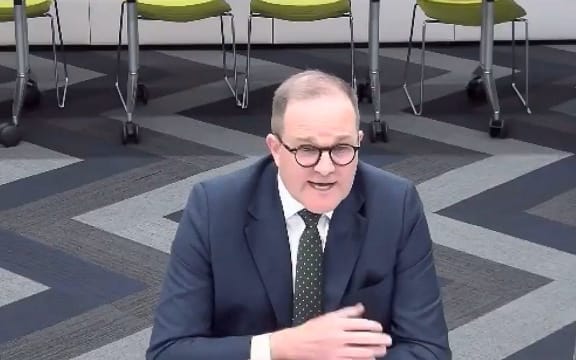
But a more immediate problem is short-term funding. $109 million year was set in Budget 2022 — but only until 2026.
RNZ board member Jane Wrightson told the EDSI committee on Thursday that a commitment of at least five years was essential. Members of the E Tu trade union endorsed that subsequently.
Two previous attempts by Labour-led governments to deliver public service via TVNZ withered and died when funds ran out and the government changed. Opposition parties have repeatedly described ANZPM as wasteful spending which should be cut.
Power was a minister in the National-led government which repealed the TVNZ Charter and discontinued the funding of TVNZ’s non-commercial digital channels established under Labour.
Is history about to repeat?
“It’s for the government of the day to signal any permanency around that funding. That’s democracy at work,” Power said.
“If you want legislation to endure beyond governments, it’s really important you have cross-party understanding of what you’re trying to achieve — but more particularly that the model itself doesn’t allow any future leverage.”
New services? Give us a clue . . .
The FBoy Island controversy inadvertently highlighted a gap that a joined-up public media outfit could fill.
Earlier this year the Ministry for Social Development proposed engaging an offshore publisher for media content about safe relationships for young people. That angered local producers, including The Spinoff which broke that story.
If New Zealand had a public broadcaster that reached younger people, perhaps they wouldn’t have had to look elsewhere in the first place.
RNZ’s proposed youth service didn’t happen after a backlash over the impact it would have had on RNZ Concert in 2020. A pared-back online service based on streaming music — Tahi — was later launched instead. TVNZ has an online service for a younger audience — Re: — but there is still no comprehensive national service for younger people.
When the select committee asked TVNZ’s head of content Cate Slater how she would deploy public funding if given a free hand, she identified that as the outstanding opportunity.
But the ANZPM Bill currently before Parliament does not oblige the new media entity to provide any specific services beyond the commercial-free ones already provided by RNZ.
That makes it impossible for the public to know what public service they’re likely to get from ANZPM — or what it will offer that commercial broadcasters cannot provide.
Yet TVNZ is calling for a “less prescriptive” charter.
“My view is that legislation works best when it’s principle-based rather than highly prescriptive, because it’s easy with prescription to omit by error. Whereas in a principle based approach, you end up debating at the margins rather than ‘what’s in’ and ‘out’.
“As things change, as markets change, as viewer trends change the way people use media changes. If the legislation is too prescriptive, it can become out of date,” Power said.
“It’s not RNZ or TVNZ that’s designed this legislation. We’re just trying to make it work. We’re doing our best to try and assist with getting the right tension in those discussions to make sure we get the right outcome.”
Power told the EDSI committee that ANZPM would “create a new culture” of its own. But media academic and public broadcasting advocate Dr Peter Thompson said in his submission the previous public service TVNZ Charter introduced in 2002 “was opposed by many within the company.”
”There is no obvious reason to suppose the ANZPM initiative will be different. Changes in organisational culture and identity requires more than legislation and a public charter stuck on the wall,” he wrote.
Commercial clout
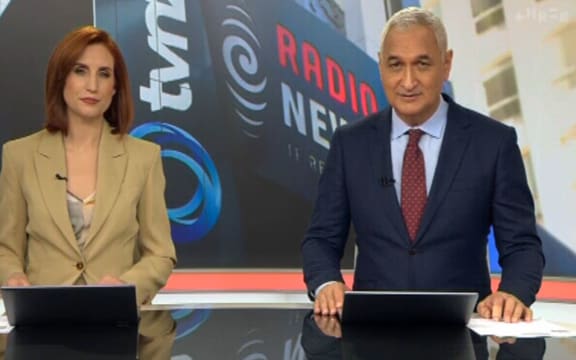
Reporting of this week’s ANZPM hearings zeroed in on the main mutual concern of their own executives — the commercial clout ANZPM could carry.
The legislation does not limit the commercial activities ANZPM might undertake or revenue it might attract — and rival media companies fear it could corner the market in content, advertising and staff.
“The opportunity to be as commercially strong as possible is one that should be taken,” Power told Mediawatch.
“The new organisation has been described as not-for-profit (but) that doesn’t mean an operating surplus wouldn’t be available — and there’s an opportunity to reinvest in local content, infrastructure and platforms that other listeners and viewers might use to access content from the new entity,” he said.
“If that at some point manages to help relieve the burden on taxpayers, then that’s something that the drafters of the legislation should think about,” he said.
TVNZ’s submission notes that when Budget 2022 was unveiled, the government estimated ANZPM to be a $400 million a year operation, with roughly half the funding from public sources and half from commercial revenue.
TVNZ’s submission said that was “unambitious”
“I’d be worried if somebody had worked that out in advance, because this should be a matter for the new entity to work out,” Power told Mediawatch.
Work in progress — or fait accompli?
“Advertising agencies and media agencies represent 900 businesses across New Zealand who have used TVNZ to access their customers to sell the goods and services to employ people and make a contribution to the economy. This is not something that you can just put a box around and put a number across,” he said.
That relationship is important to TVNZ staff. The recently-released annual report says 300 of TVNZ’s 733 full-time staff earn six-figure salaries.
But many Kiwis will care more about the public service they get from the state-owned media they pay for.
“I think that’s a slightly negative lens to put on the potential here. The legislation is clear that the primary driver of this new organisation is the public media outcomes,” Power told Mediawatch.
“If the commercial arm of the new entity can aid in gaining more revenue to reinvest into local content and to reinvest into public media outcomes, all the better.”
Another flaw in the plan came to light recently when the government’s broadcasting funding agency NZ on Air announced it was “urgently reshaping” its funding policies after being told on September 7 that more than half of its current budget would in future go to ANZPM.
This development had been foreseen long ago, and should have been highlighted by the consultants who worked on the business case and the minister officials overseeing the government’s Strong Public Media programme.
Dr Peter Thompson pointed out that the Joint Innovation Fund run by NZ on Air and RNZ in the past was a precedent that showed co-ordination was possible.
“I think the silence around NZ on Air is one of the things where clarification needs to be sought pretty quickly,” Power said.
The ANZPM plan was hatched behind closed doors and without public input — until the select committee process and this week’s hearings aired concerns.
Does TVNZ believe the government will make any significant changes to the legislation — or the plan cabinet has approved?
“I think all good policy makers … want the public policy and legislation to endure. There are some changes that need to be made to the legislation to ensure that, and I sincerely hope those with the ability to influence that listen carefully and make some of those changes,” Power said.
This article is republished under a community partnership agreement with RNZ.





























